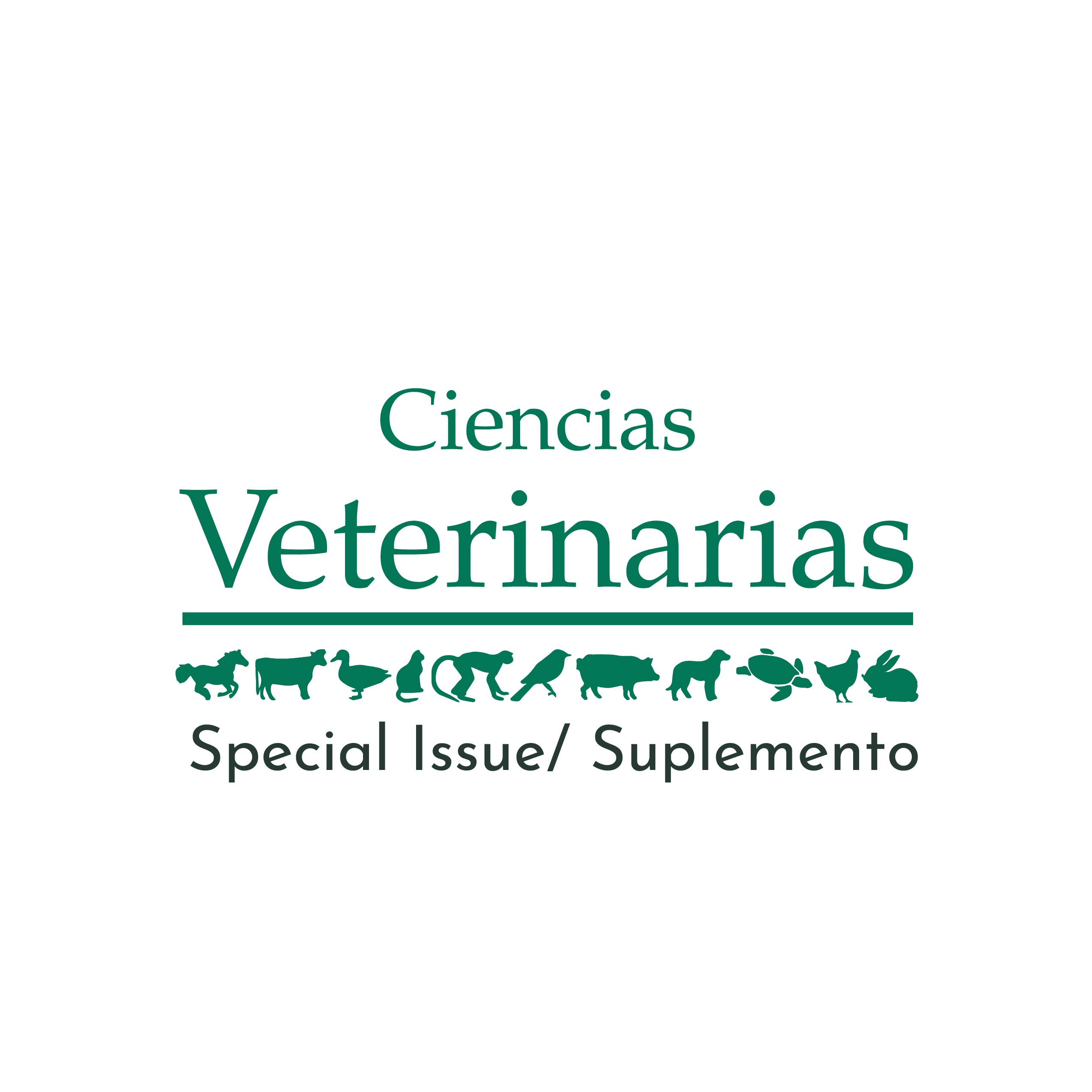Periosteum: The forgotten source of osteoprogenitors
DOI:
https://doi.org/10.15359/rcv.37-3.7Abstract
Bone is one of the few tissues capable of authentic regenerative repair. However, despite advances in surgical technique, orthopaedic hardware and our understanding of fracture biology, inadequate bone repair remains a major concern in both veterinary and human medicine. Cell-based technologies provide opportunities to utilize the osteogenic capacities of Mesenchymal Stem Cells (MSC) to augment bone repair. Much of the research on MSC biology has focused on cells derived from the bone marrow/endosteal compartment; however, osteoprogenitor cells (OPC) also reside in the periosteum.
Periosteum develops as a fibro-cellular envelope surrounding developing skeletal elements. The inner, or cambium layer of periosteum, includes committed OPCs directly adjacent the bone surface, and a distinct sub-population of progenitors within the periosteal mid-substance that retain both chondrogenic and osteogenic capacities. During skeletogenesis, periosteal OPCs are responsible for appositional intramembranous bone formation that increases the radial diameter of long bones. Of critical importance, periosteal stem cells are the predominant cell population responsible for generating the cartilaginous or ‘soft’ callus that provides intermediate stabilization and a scaffold for subsequent callus ossification by endochondral ossification; the primary mechanism of bone repair.
In recent experiments using isolates from ‘donor-matched’ periosteum and bone marrow, we have found that the basal osteogenic capacity of equine OPCs is considerably less than that of bone marrow-derived MSCs. Periosteal OPCs require exogenous Bone Morphogenetic Protein (BMP) for robust osteogenesis, a finding consistent with the clinical responses of bone to recombinant BMP protein. Perhaps more surprising, the osteogenic capacity of adult (2-10 years of age) OPCs is comparable to those of young foals’, although the cell yield is considerably greater from foal specimens. In light of the vital importance of callus formation for successful fracture healing of most, further research on the biology and clinical manipulation of periosteal OPCs is highly warranted.
References
Chang, H. & Knothe Tate, M.L. 2012. Concise review: the periosteum: Tapping into a reservoir of clinically useful progenitor cell. Stem Cells Trans. Med. 1(6): 480-491. DOI: 10.5966/sctm.2011-0056.
Colnot, C. 2009. Skeletal cell fate decisions within periosteum and bone marrow during bone regeneration. J. Bone Miner. Res. 24(2): 274-282. DOI: 10.1359/jbmr.081003
Dawson, L.A., Simkin, J., Sauque, M., Pela, M., Palkowski, T. & Muneoka, K. 2014. Analogous cellular contribution and healing mechanisms following digit amputation and phalangeal fracture in mice. Regeneration 3(1): 39-51. DOI: 10.1002/reg2.51
Wang, T., Zhang, X., Bikle, D.D. 2017. Osteogenic differentiation of periosteal cells during fracture healing. J. Cell Physiol. 232(5): 913-921. DOI: 10.1002/jcp.25641
Published
How to Cite
Issue
Section
License
Licensing of articles
All articles will be published under a license:

Licencia Creative Commons Atribución-NoComercial-SinDerivadas 3.0 Costa Rica.
Access to this journal is free of charge, only the article and the journal must be cited in full.
Intellectual property rights belong to the author. Once the article has been accepted for publication, the author assigns the reproduction rights to the Journal.
Ciencias Veterinarias Journal authorizes the printing of articles and photocopies for personal use. Also, the use for educational purposes is encouraged. Especially: institutions may create links to specific articles found in the journal's server in order to make up course packages, seminars or as instructional material.
The author may place a copy of the final version on his or her server, although it is recommended that a link be maintained to the journal's server where the original article is located.
Intellectual property violations are the responsibility of the author. The company or institution that provides access to the contents, either because it acts only as a transmitter of information (for example, Internet access providers) or because it offers public server services, is not responsible.







